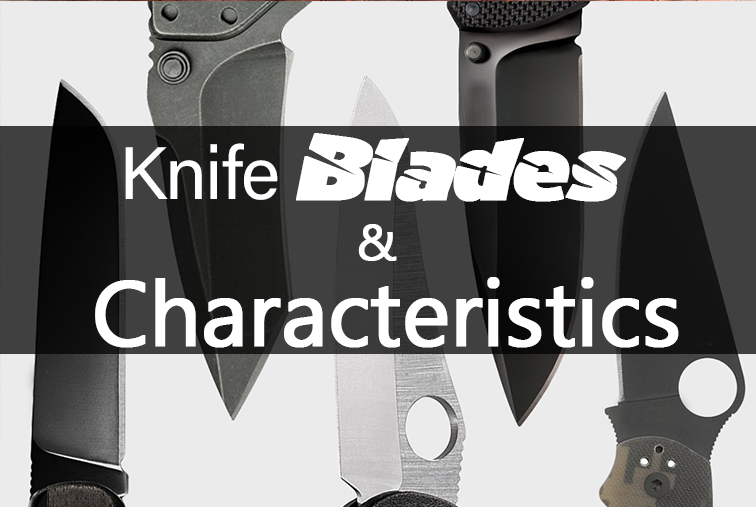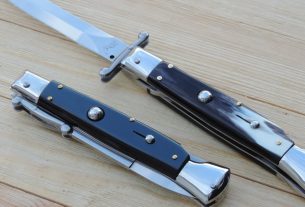A modern survivalist never relies on a single blade type for all outdoor needs. There is a multitude of knives and daggers available for every conceivable function. Even those just vaguely familiar with pocket knives will notice that blades come in every shape and size. Below, you’ll find information on how to identify the most commonly-found shapes, and what they’re used for.
Normal Blade/Straight Back
A normal/straight back knife is one of the most common types of vane. It features a straight spine as well as an edge that curves up to meet it at the tip. The long spine makes the blade heavy and sturdy for chopping and slicing. Users can get even more force by using a hand to apply pressure to the long unsharpened area. Many kitchen knives are straight back knives.
Clip Point
The clip point is also a very common shape. The vane has a spine with a front section that appears to be clipped off. This cut-out area can either be straight or concave and results in a fine point that’s ideal for precision tasks. Survival knives and hunting knives often feature the clip point.
Drop Point
Another one of the most common dagger shapes is the drop point. It differs from the clip point because its drop-point is characterized by a convex spine. The spine curves down from the handle to the point. An easily-controlled point and a bigger blade belly for slicing are the results. Drop points are great for general-purpose use. These are also ideal for hunters.
Sheepsfoot
As the name tells us, the knife-edge resembles a sheepsfoot. This blade shape can be recognized easily because of its straight edge and a spine that curves down to meet it at the point. Sheepsfoot blades are designed for slicing while minimizing the potential for accidental piercing with the point. It was originally used to trim the hooves of sheep. However, the knife-edge comes in handy as a rescue tool today as well.
Spear Point
The spear point is asymmetrical blade shape. It has a point that’s in-line with the center of the knife just like a spear. The unique shape makes the knife stronger than the structurally-similar needlepoint. Spearpoint knife is adept at thrusting. It can have either one or two sharp edges and is commonly used as daggers and throwing knives.
Tanto Blade
If you look closely at a tanto blade, you will immediately notice the similarities among these and the ones used by Samurai in feudal Japan. The tanto blade shape consists of an angular edge transition. This leads to a much stronger and prominent point. Durable tip and generally-robust point make it good for piercing tough objects, but also inept at slicing.
Trailing Point
As it is clear from the context, the blade trails the spine in trailing point. Its spine curves upward to create an elevated point. This elevated point is usually higher than the handle. The resulting effect is shaped is of an oversized belly. Therefore, the blade is more flexible as well as good for slicing, skinning, and filleting.
Wharncliffe Knife
It is similar to a sheepsfoot blade in that it also has a straight edge and a curved spine. However, its curve outspreads gradually from the handle to the tip. There are no sharp angles. This shape is perfect for slicing as it minimizes the possibility of an accidental puncture with the tip.
Have a look at our infographic for more in-depth knowledge.






